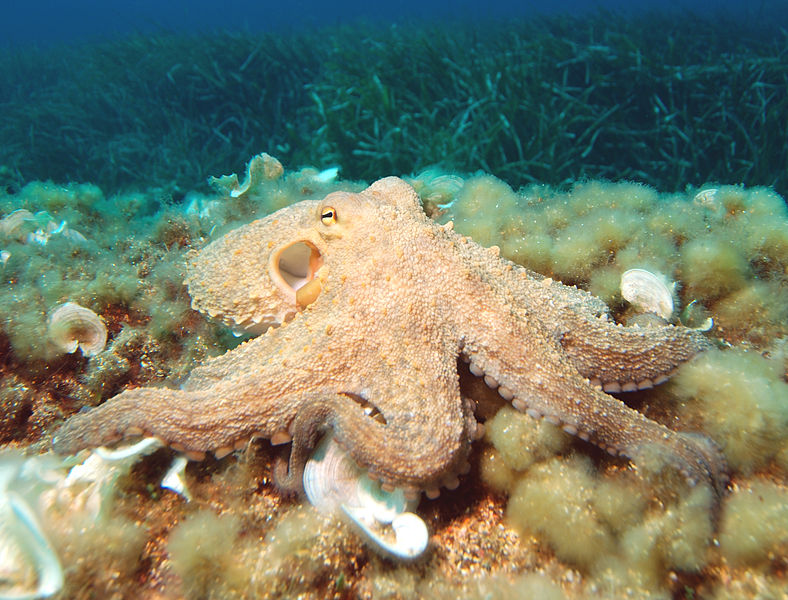A Pioneer of TV Via Space Satellite
On July 11, 1962, half a century ago, television images from the United States were transmitted across the Atlantic for the first time ever via a Telstar satellite and received at the Goonhilly Satellite Earth Station (GES) on the Lizard Peninsula in Cornwall. Over the years, GES played significant roles in the transmission of images, including the first walk on the moon to Muhammad Ali fights beamed into living rooms around the world.
Over much of the past decade, the future of the Goonhilly site was up in the air. At one point, it was proposed the entire facility and all its equipment would be shut down. But that hasn’t happened; the site is alive and well, though with a new name, new owner and new mission.
In fact, it was recently revealed by “Wikileaks” that the United States considers the Goonhilly Satellite Earth Station (GES) one of the top strategic assets in the world. Apparently, its future was never really in jeopardy.
Goonhilly still operates as a “satellite communications teleport” but significant portions of its facilities and operations were transferred by owner British Telecom (BT) to the new site Madley Communications Centre in Herefordshire, England, which is now considered to be the largest site of its kind in the world.
A Rebirth at Goonhilly
The facilities at GES are now leased from BT by a new consortium called Goonhilly Earth Station (GES) Ltd. The site is reportedly secure after a 999-year lease was signed.
The facility carries business Internet data and serves as a command-and-control center for operating more than 60 satellites. GES transmits millions of international phone calls, emails and TV broadcasts to all corners of the earth via space and undersea fiber optic cables.
GES has its own gigantic generator with enough power to light up the nearby city of Newquay with a population of 20,000. But the site is beginning to transition into a new role.
Enter Goonhilly Space Science Centre
Goonhilly is now being transformed into a new Space Science Centre that will connect the UK to Space. In addition to satellite and mobile communications, the Space Science Centre is branching out into radio astronomy and deep space communications with a stated goal of helping in the exploration and colonization of Mars and space travel beyond.
The Centre will also be at the forefront of development of advanced communication systems design and manufacturing, science education and professional industry training. It will continue to work closely with British Telecom and a consortium of universities, including Leads, Oxford, Hertfordshire and Manchester.
Related articles on IndustryTap:
- Richard Branson Announces Plan For New Satellite Constellation
- SpaceX and Worldvu Plan to Develop 700 Lighter and Cheaper Satellites to Provide Internet Access To Everyone
- Satellite Technology Detecting “Sea Mountains”, Mapping Ocean Floors
References and related content:







